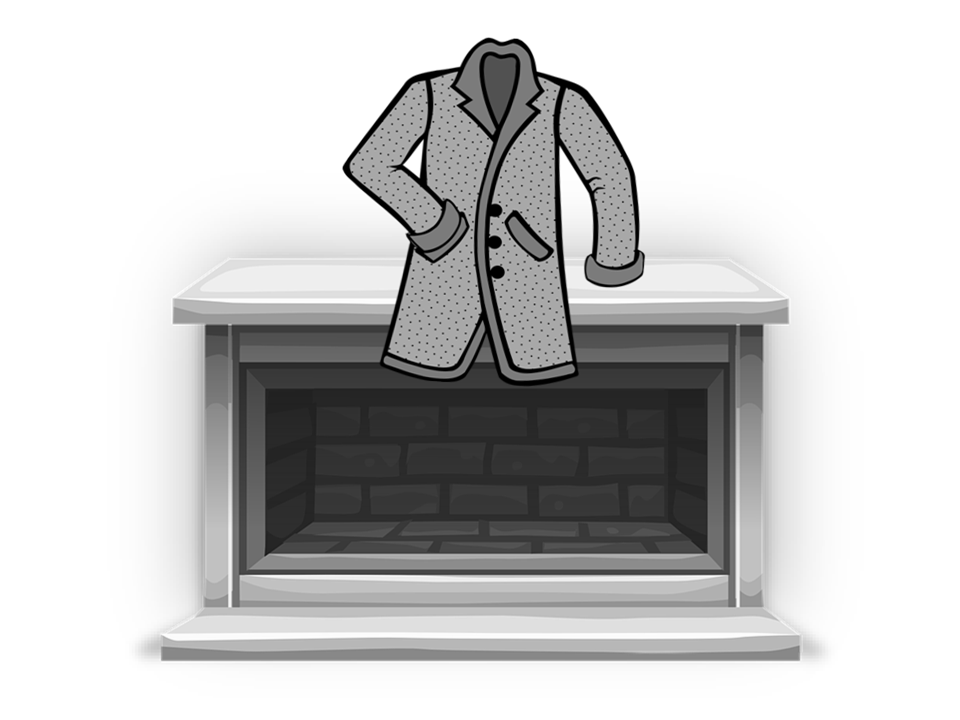How to learn vocabulary
If memorising lists of words would be sufficient to build a vocabulary, I would be fluent in Russian now. (That’s what we did under the bad old Communist regime: memorised a page or two worth of vocabulary every week, took a vocabulary test, and then forgot it all).
Learning vocabulary is not like memorising facts. When was the Battle of Waterloo? You may think for a second, and then say: 1815. In order to effectively use your vocabulary, the words must come instantaneously and effortlessly. Therefore, we can liken it to practising a sport: for it to be effective, a movement has to go into muscle memory, your vocabulary has to be built into instantly firing neural connections.
Learning vocabulary is not like memorising facts. When was the Battle of Waterloo? You may think for a second, and then say: 1815. In order to effectively use your vocabulary, the words must come instantaneously and effortlessly. Therefore, we can liken it to practising a sport: for it to be effective, a movement has to go into muscle memory, your vocabulary has to be built into instantly firing neural connections.
Building VOCABULARY
In order to build vocabulary which we can actually use, we must turn on a child’s natural “language learning machine.” For that, we use the following methods cumulatively:
|
1. Visualisation. The brain naturally links words to images (or other sensory representations). This is how a child learns: mum points to a dog on the street and says: “doggy.” The child repeats this several times, with several types of dogs, in several different situations, until it learns the concept as well as the word that goes with it.
There seems to be little difference between seeing this picture or being told that dog in German is Hund. The difference might be small, but crucial: it determines whether you have to think a second, or can access the word automatically. Learning visually enables you to bypass translation, which is the holy grail of language acquisition. While you speak, you don’t have time to think and translate from your mother tongue, learning to think in a foreign language from the very beginning is the trademark sign of genuine multilingual learners. |
Hund
|
|
Marius, der Hund
|
2. Story-telling. Words are best remembered when they are part of a story (any situation taken from life). When students come to my house, they immediately get greeted by Marius, the dog. I introduce him as “Marius, der Hund.” The word stays in memory, even better than through seeing a picture only. Coming across the word in a situation helps the brain to create associations as well as an emotional-personal connection, which lead to more neural connections in the brain. The more emotional a situation gets, the better it is remembered. (Marius is good at giving the emotional connection, as he is very lovable!)
3. Linking up. This is an ancient memory technique. A new word is learned by creating a link to something you already know. If you want to learn the German word Hund, you will find it sounds like the old English hound, so you can quickly create an association. You can imagine a dog, and an old English hound mating. (Sexual, violent and funny images are usually remembered best, so are exaggerated and weird scenes.) |
World memory champion Dominic O’Brien uses the same technique, and brings the following examples:
|
Trying to remember the German word Mantel, he imagines a huge, heavy coat hanging from a MANTELpiece.
|
Trying to remember die Tür (the door), he imagines a sign saying “detour” with a big arrow pointing left to a door.
|
Sometimes it’s easier to create associations like this, sometimes it’s a bit more tricky. But the more you practice, the more creative you will become. Once the word has established itself in your long-term memory, these “crutches” can be and will be forgotten. They are really useful though to kick-start the learning process. This brings us to the second main issue when it comes to vocabulary: it is not just about how to learn words, but how to keep remembering them... |
RememberNing VOCABULARY

Studies have shown that in order to really own a word, and be able to use it automatically in conversation, it has to be revised at least a hundred times. In a natural language environment this comes naturally: you do see at least 100 dogs during a childhood and even the word dinosaur will come up repeatedly hundreds, if not thousand times ... on TV, in the museum, geography class, the movies and in conversation. However, if you are learning a language away from the country where it is spoken, you have to artificially create those 100 repetitions. One way to do so is to create a treasure box for your vocabulary, in which you are collecting every word you ever learned on small cue cards. (The German word for vocabulary is Wortschatz, which means word-treasure, signifying that you own a treasure when you collect enough words to speak with.) In HypnoGerman we use a spaced repetition system, which ensures that words are repeated at optimal intervals, just before they would be forgotten... they come up again on your cue cards, in context, in conversation and in new situations.
Using all the methods outlined above in a combined fashion is the second best way to acquire vocabulary. The best way is to use a sleeping dictionary. I’m afraid I can’t help you with that, but I can teach you the basics, and you might find your luck later travelling to a native country...
Using all the methods outlined above in a combined fashion is the second best way to acquire vocabulary. The best way is to use a sleeping dictionary. I’m afraid I can’t help you with that, but I can teach you the basics, and you might find your luck later travelling to a native country...




